Frankliniella hemerocallis Crawford, 1948
和名:-
本種はユーラシア大陸が原産のヘメロカリスに特異的であるが、米国ウイスコシン州のヘメロカリスから記載され、米国の他はコスタリカとハワイから記録されているのみであったため、北米が原産と考えられていた。一方、O’Neill & Nakahara (1970)は、1969年に米国の植物検疫で日本産ヘメロカリスから1オスが発見されたことから、本種は日本を含むアジア~ユーラシア大陸が原産であろうと考えた。その後、本種は長らくアジアからは記録されなかったが、Masumoto & Okajima (2013)により、日本の千葉県から多数の個体を記録すると共にハンガリーからも得られていることを報告した。本種はO’Neill & Nakahara (1970)が示唆するように恐らく、北米よりもアジア~ユーラシア大陸原産と思われる。本種は花の内部よりも花弁や葉、茎に多く見られることから花粉食ではないと思われる。千葉県では6~7月に多数の個体がヘメロカリスから得られる。 東南アジアや新大陸に分布するF. insularis (Franklin, 1908)は体色や前翅の色が似るが、複眼後方第4刺毛が長く、前胸背板後縁のS2刺毛が長いこと、腹部第8背板後縁の櫛歯状突起を中央部で欠くことなどで識別できる。
F. hemerocallis is specific to the plant genus Hemerocallis which is originated from Eurasia, but this species had been considered that it was native to North America because it was described from Wisconsin and also recorded from Costa Rica and Hawaii other than the United States. In contrast, O’Neill & Nakahara (1970) suggested that it was originated from Asia to Eurasia including Japan because a male of this species was intercepted on Hemerocallis imported from Japan by plant quarantine of the United States in 1969. There is no record of this species for long time in Japan, but Masumoto & Okajima (2013) recorded many individuals of this species from Hemerocallis in Chiba prefecture, Japan, and also reported about the occurrence it in Hungary. Thus, probably this species is originated from Asia to Eurasia rather than North America as suggestion of O’Neill & Nakahara. In Chiba, the Kanto-region of Honshu, many individuals of this species occur on petals, leaves and stems rather than inside of flowers in Jun to July. Thus, probably it is the leaf-feeder rather than pollen-feeder. F. insularis (Franklin, 1908), which is widely distributed Southeast Asia and the Neotropics is similar to this species in the coloration but can be distinguished from hemerocallis by the long postocular setae S4, pronotum with S2 setae much longer than S1, and the abdominal tergite VIII without posteromarginal comb medially.
-
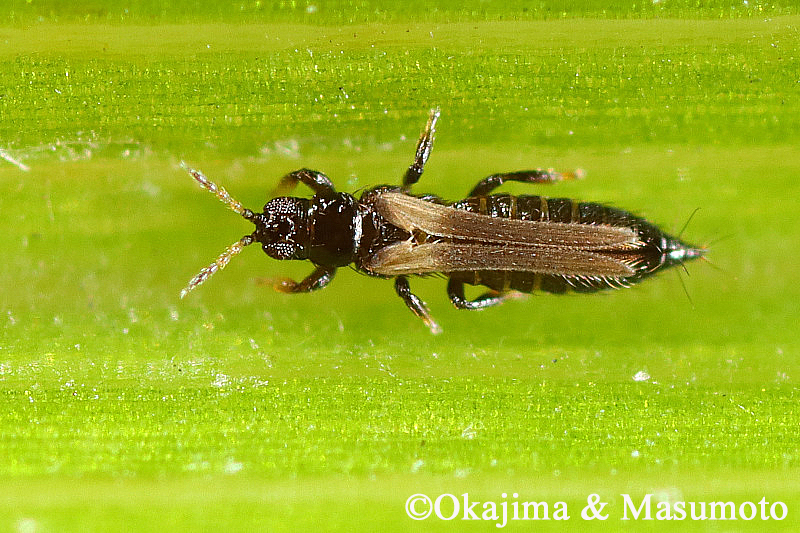
Female
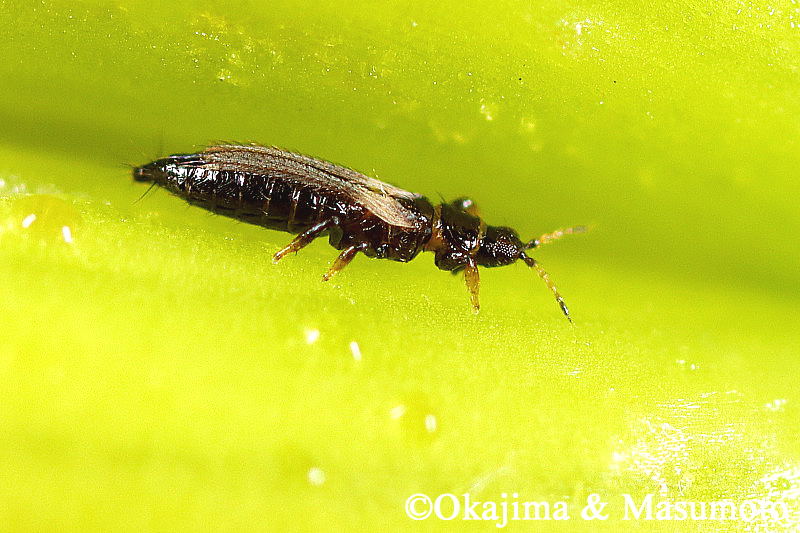
Female
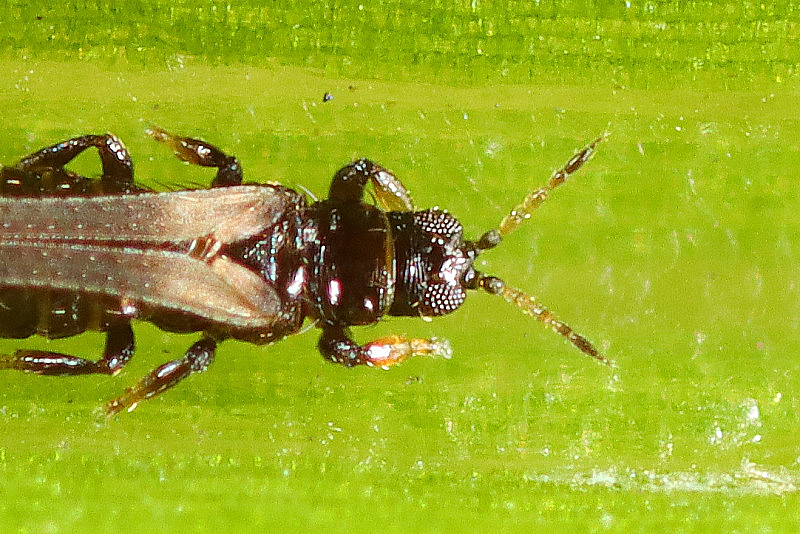
Female, head and thorx
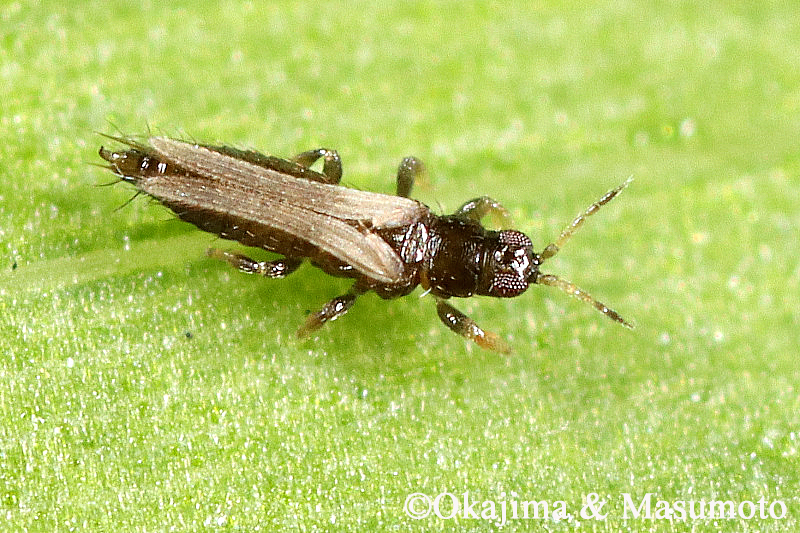
Male
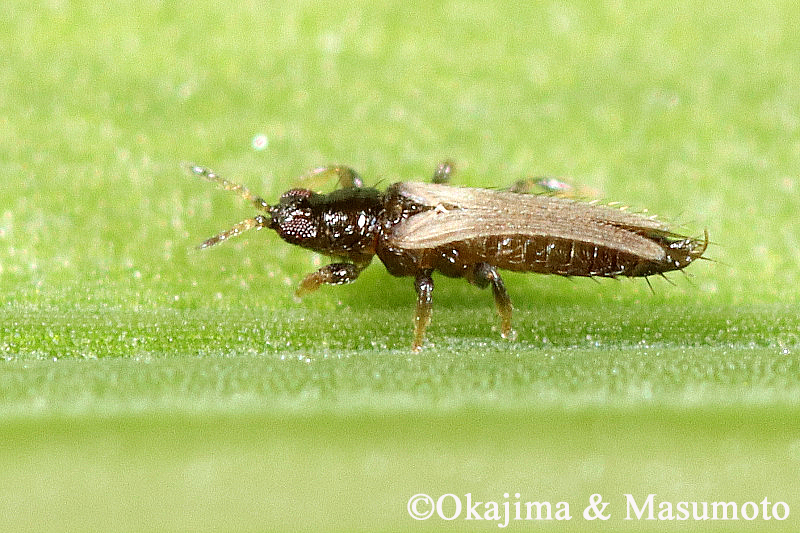
Male
_web.jpg)
First instar larva